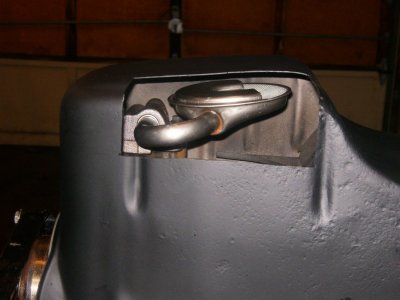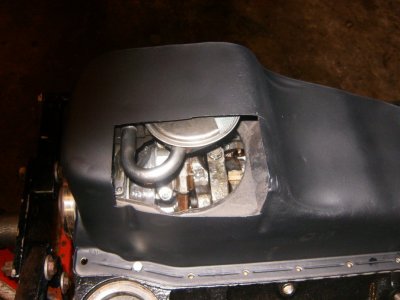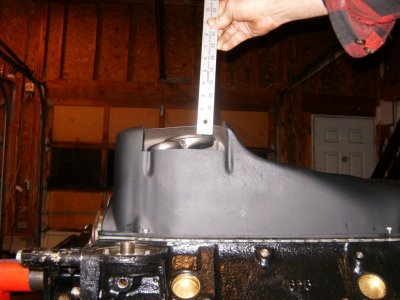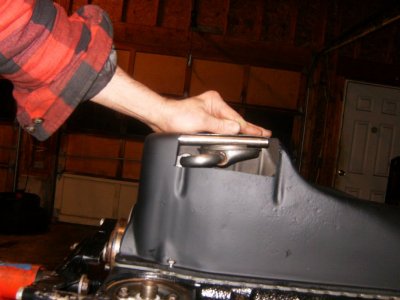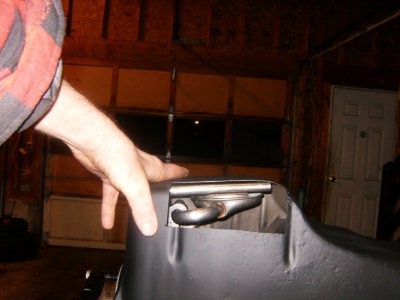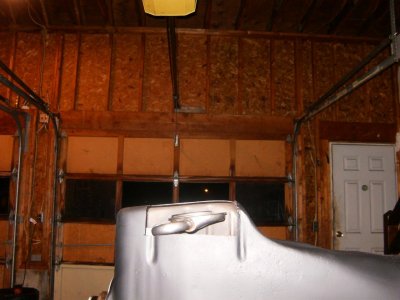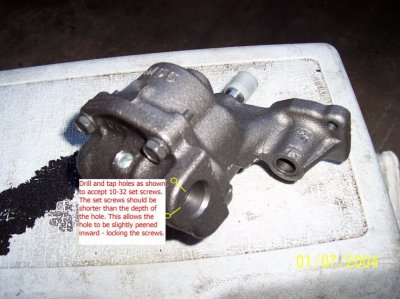If you find that your oil pressure is truly lower now than prior to the recent work, here are a couple of things to think about:
1. How old was the filter you pulled out? See if you can dig it out of the trash and cut it open. To my knowledge Fram oil filters are not fitted with a by-pass valve. And BTW - DO NOT depend on the engine's internal by-pass around the filter:
You must be registered for see images attach
(about %75 of the ones I test when doing a rebuild are stuck closed).
Consequently, it may have become so fouled over time that one or more of the pleats burst open. This would do a couple of things:
Number one; it would have allowed the oil to pass through it completely unfiltered - bad enough.
But here is another effect of a blown filter (deals with your issue): because the flow of oil from the pump to the system would be unhindered by any pressure drop through the filter - it would actually increase the oil pressure as indicated by the gauge.
Installing a new filter (with intact media) would slow the flow through the filter and result in an apparent drop in pressure.
That's it for the filter.
More likely this is what happened:
While you were stuggling with dropping the pan, scraping the old gasket off, re-installing the new gasket and replacing the pan - is it possible that you disturbed the oil pump's pickup tube and the attached screen?
If that screen is moved even 1/2" down it is going to be jammed right up tight against the oil pan floor. When that happens, the required clearance is gone and the pump is basically trying to suck the bottom of the pan into the inlet tube. It is starved for oil.
On the other hand if the pickup tube got knocked upwards far enough the opposite happens. The screen can be above/or right at the level of oil in the sump. In that case the pump the pump suck in a considerable quantity of air along with whatever oil it can grab. The aerated oil will not pressurize the system as effeciently as pure oil. Pressure at the gauge will be lower.
That pickup tube it just pressed into the pump housing and it doesn't take much to knock it free. Once it has broken the factory fit, it can move all over the place. Get a new pump if this turns out to be the issue.




